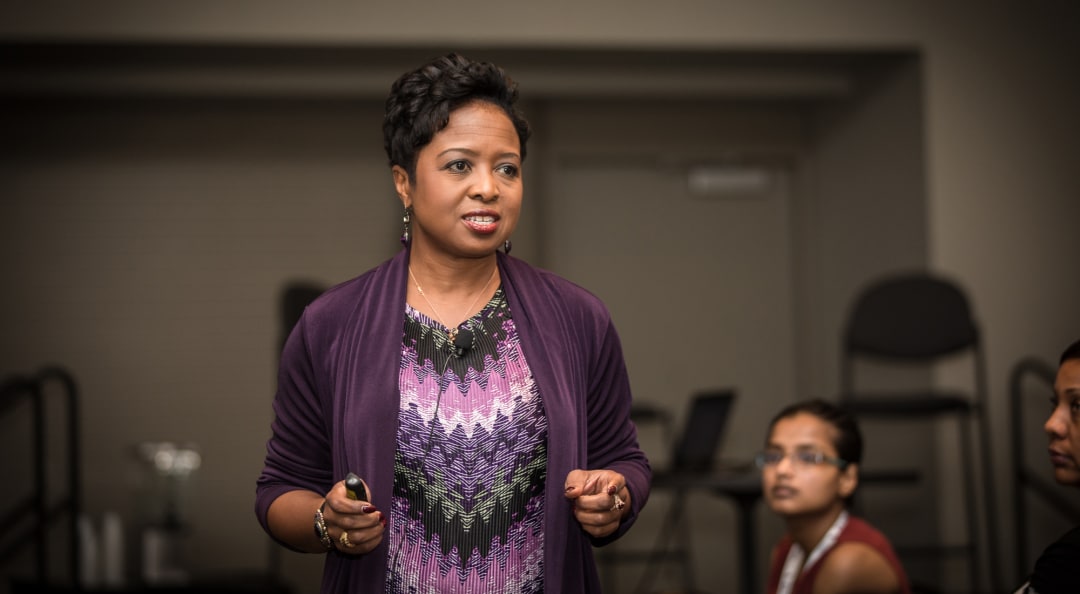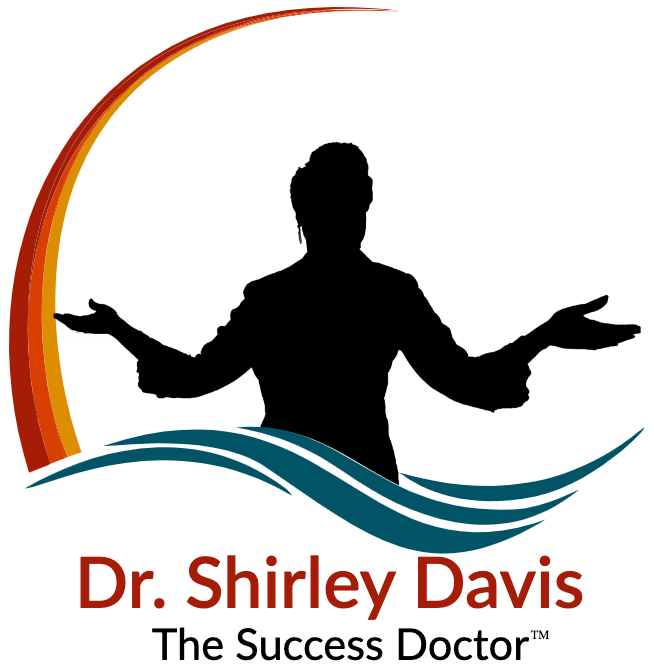Thank you, American Institute of Architects and Kathleen M. O’Donnell, for featuring me in your June 2018 issue.

Human resources expert Shirley Davis discusses how architects can foster inclusive workplaces where employees can thrive personally and professionally.
Sexual harassment is top of mind for many Americans, as it is one of the most pervasive types of discrimination in US workplaces, according to the US Equal Opportunity Employment Commission. But harassment can come in a variety of other forms that often go undetected by employers and damage employee wellbeing and work culture.
Shirley Davis is a human resources expert and longtime partner of AIA, having helped steer the Institute’s positions and programs on equity, diversity, and inclusion. Davis reminds us that discrimination against an individual based on sex, gender, race, religion, and economic status is prohibited by US law, but she also notes that compliance with the law is just the start to fostering a respectful work environment. Companies, including architecture firms, are well advised to establish policies that support legal compliance and go beyond them to build a permanently respectful culture.
“Policies set guidelines and boundaries for employees to understand what are acceptable and unacceptable behaviors,” says Davis. “At the end of the day, it’s about trying to build a foundation for company culture in a respectful, inclusive, high-performing way so employees feel the company really allows them to accomplish their best work.”
Davis brought her training session, “Building a Respectful & Harassment-Free Workplace Culture,” to AIA Conference on Architecture 2018 and is working with AIA to provide similar anti-harassment training on AIAU later this year at no cost to members. She offers some insights into how the architecture profession can build a culture of respect at work that’s both in compliance with the law and fundamental to their workplace ethos.
In the field of architecture, where there are more men than women, what are some ways we can work quickly to overcome harassment?
Davis: It is important to start with the top leadership. We must ensure that they are aware of laws that govern harassment, but also of the liability and what their responsibilities are. Next, it’s important is to create a policy and communicate it up, down, and across the organization. Employees should understand that harassment is against the company’s values and that the organization has resources and channels in which this should be addressed.
We don’t always understand clearly how to lead and work across differences, so there needs to be education around how to build greater cultural sensitivity and competence to work and lead in a more effective way. We can put in place actions to attract and select talent that is reflective of today’s diverse workforce.
We need to focus on creating a culture of inclusion. That means not just putting a training program in place or writing down a policy and sending out an email communication that we’re committed. We should seek to find out what is toxic in our workplace culture, identify the issues, and be proactive in addressing them. I think it’s important everyone knows what their role is in contributing to a workplace of inclusion, respect, and high performance. Everybody has a role to play, and it’s not just leaders.
Many architecture firms are small and don’t have dedicated human resources staff. How can employees at such firms navigate issues of harassment?
Davis: You need to have an updated and relevant policy with a clear anti-harassment strategy, regardless of how small or large your company is. Make sure all employees are aware of the policy and what resources are available. For companies I’ve consulted with to create policies, I ask them to consider hiring a third party for both their HR and their employee relations issues. If that’s the case, they need to include that agency and phone number in their policies, so they can be reached by employees to voice concerns.
For handling discrimination complaints, some companies have an ombudsman, someone internal that they can go to who acts as a resource for launching complaints and sometimes conducting investigations. You could also utilize your legal department and go to general counsel. Outside of the company, you may also use your medical benefits or employee assistance program to get counseling. To report issues, you can go to the Equal Employment Opportunity Commission and other local or state agencies. The last resort would be to get an attorney. The best-case scenario is to provide resources so employees know where to call for someone who will speak to them objectively, so they feel like they can get the resolve and solution they need.
What are some additional common-sense tips to bolster respectful treatment in the workplace?
Davis: Remember that this is not about intent, it’s about impact. Oftentimes, people say “Well, I didn’t intend to offend or I didn’t mean it that way,” but offensive behavior is in the eye of the beholder, not in the perpetrator’s intent.
When we’re talking about harassment, it’s not just about sexual harassment, it’s about harassment in general, which can come in visible, physical, and written forms. Harassment can take place in the workplace, but also during non-work hours. If something happens at a work-related event with employees, vendors or clients, it’s still a reportable offense. Don’t think harassment only happens during work hours in the workplace. It is a very broad spectrum.
Lastly, I would say, if you are a victim, please don’t assume that you’re the only one that a person is harassing. It’s likely that they are doing the same thing to other people as well. And by you not sharing anything, oftentimes, you are allowing it to continue.
AIA is committed to helping overcome issues of inequity and discrimination. Architects stand together to build a model profession that welcomes everyone to safe, healthy, and equitable workplaces. For more information and updates visit our Harassment Resources page.
Shirley Davis, PhD, SPHR, SHRM-SCP, CSP, is an accomplished corporate executive, global workforce and talent management expert, and certified leadership coach. She is the former Global Head of Diversity, Inclusion and Workplace Strategies for the Society for Human Resource Management and a current board member of the National Speakers Association.
Kathleen M. O’Donnell is a writer/editor at AIA, specializing in practice and professional development topics and Institute coverage.
Image credits

Todd Winter
